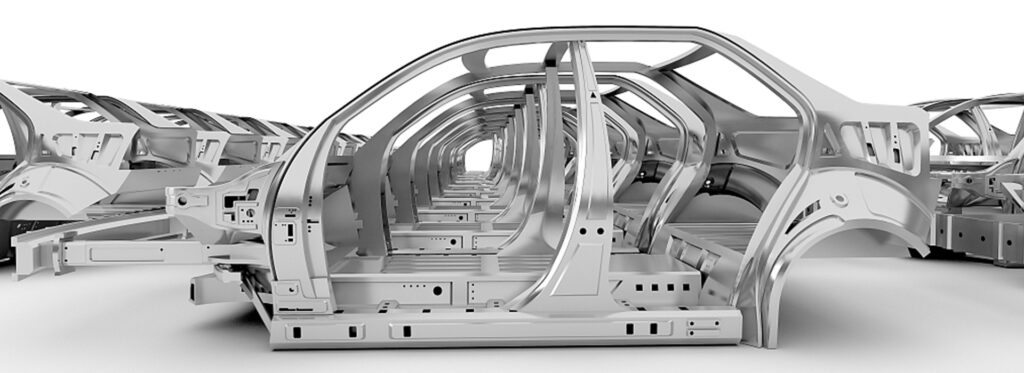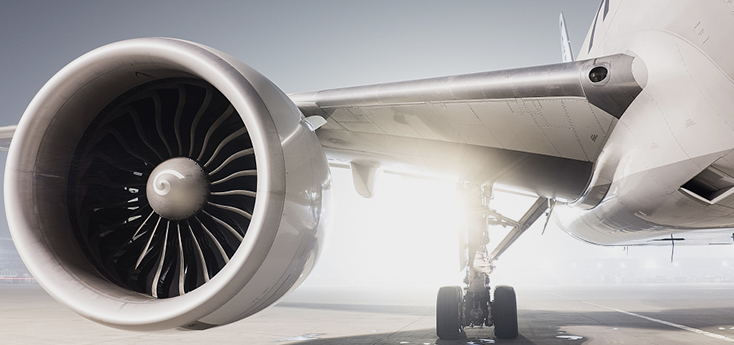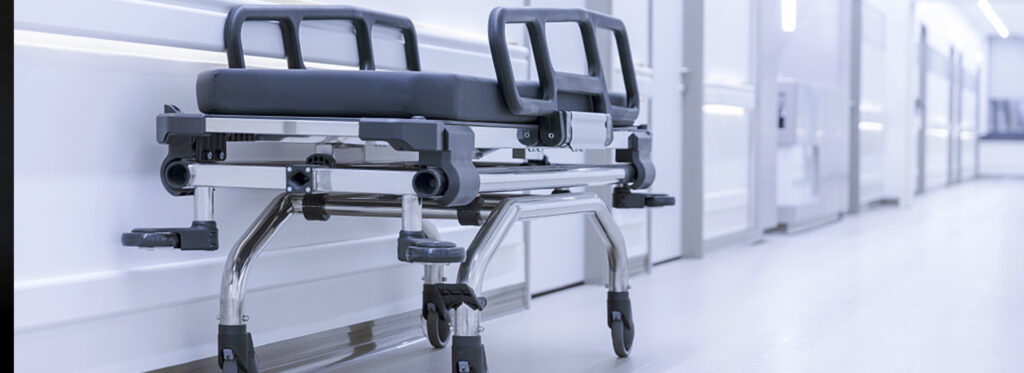Laser welding machines have emerged as a game-changing technology in modern industrial applications, offering unparalleled precision and efficiency. These advanced tools utilize high-powered laser beams to join materials, resulting in strong, clean, and highly accurate welds. As industries across the globe strive for higher quality standards and increased productivity, laser welding machines have become an indispensable asset in manufacturing processes.
| Laser Welding Machine Market Overview | |
|---|---|
| Market Size (2023) | USD 2.49 billion |
| Projected CAGR (2024-2032) | 5.5% |
| Key Technology Segment | Fiber lasers |
| Fiber Laser Segment Revenue (2023) | USD 1.08 billion |
| Fastest Growing Sector | Automotive |
| Automotive Sector Revenue (2023) | USD 662.4 million |
| Leading Region | Asia Pacific |
| Asia Pacific Market Size (2023) | USD 951.2 million |
Source: Global Market Insights
The Technological Edge of Laser Welding
Laser welding machines offer several significant advantages over traditional welding methods. The high-energy density of laser beams allows for rapid heating of materials, resulting in welding speeds that can reach tens of meters per minute. This high-speed capability translates to increased productivity and reduced production times in manufacturing settings. One of the most notable benefits of laser welding is the minimal heat-affected zone (HAZ). The focused nature of laser beams concentrates energy within a small area, typically at the millimeter or micrometer level. This precision minimizes thermal stress and deformation in workpieces, often controlling deformation to within one-thousandth of a percent. The result is high-quality welds with superior strength, toughness, and density, accompanied by fewer defects compared to conventional welding techniques.

Applications Across Industries
The versatility and precision of laser welding machines have led to their adoption across a wide range of industries:
Automotive Manufacturing

In the automotive sector, laser welding machines play a crucial role in joining various components, including body panels, doors, frames, exhaust pipes, and fuel tanks. The technology enhances component strength and rigidity while improving overall vehicle performance and aesthetics. The automotive industry’s shift towards electric vehicles (EVs) has further amplified the importance of laser welding, particularly in battery pack manufacturing and other critical EV components.
Aerospace and Defense

The aerospace industry relies heavily on laser welding for fabricating components such as engine blades, turbine discs, cabin walls, and doors. The technology’s ability to produce high-strength, lightweight welds is particularly valuable in this sector, where weight reduction and structural integrity are paramount. Laser welding contributes to improved safety, reliability, and fuel efficiency in aircraft and spacecraft.
Electronics and Communication
In the rapidly evolving electronics industry, laser welding machines are indispensable for joining various components, including circuit boards, chips, sensors, and displays. The technology’s precision is crucial for ensuring the functionality and stability of electronic devices, especially as they become increasingly compact and complex.
Medical Devices

The medical device industry benefits from laser welding’s ability to produce sterile, damage-free welds. This technology is used in manufacturing surgical instruments, needles, stents, and dental appliances. The high-quality, contamination-free welds ensure the hygiene and safety of medical instruments, critical factors in healthcare applications.
Mold Processing
Laser welding machines have found a niche in the mold processing industry for repairing and modifying various types of molds, including stamping molds, injection molds, and forging molds. The technology enables precise and rapid material addition and repair, extending the lifespan and performance of molds used in manufacturing processes.
Technological Advancements Driving Adoption
The continuous evolution of laser welding technology has led to several key advancements that are driving its widespread adoption:
Fiber Laser Technology
Fiber lasers have emerged as a dominant technology in the laser welding machine market. In 2023, the fiber laser segment accounted for a revenue of approximately USD 1.08 billion and is projected to reach around USD 1.67 billion by 2032. Fiber lasers offer advantages such as high efficiency, excellent beam quality, and lower maintenance requirements compared to other laser types.
Automation Integration
The integration of laser welding machines with automated systems is a significant trend, particularly in high-production sectors like automotive and aerospace. Automated laser welding systems provide excellent control and ensure consistent welding quality, leading to increased production rates and improved overall efficiency.
Advancements in Beam Control
Innovations in beam control and manipulation have expanded the capabilities of laser welding machines. Technologies such as beam shaping, beam splitting, and real-time monitoring systems allow for more precise control over the welding process, resulting in higher quality welds and the ability to work with a broader range of materials and thicknesses.
Market Growth and Regional Dynamics
The global laser welding machine market is experiencing steady growth, driven by increasing demand across various industries. In 2023, the market was valued at approximately USD 2.49 billion and is anticipated to register a compound annual growth rate (CAGR) of 5.5% between 2024 and 2032.
Asia Pacific: Leading the Market
The Asia Pacific region is at the forefront of the laser welding machine market, with a market size that crossed USD 951.2 million in 2023 and is expected to reach around USD 1.8 billion by 2032. Countries such as China, Japan, South Korea, and India are experiencing rapid industrialization, driving the adoption of advanced manufacturing technologies like laser welding.
Europe: A Strong Contender
The European laser welding machine market is also significant, valued at around USD 465.6 million in 2023 and projected to grow at a CAGR of 4.6% between 2024 and 2032. Germany, known for its strong engineering expertise, is leading the European market with a value of approximately USD 114.4 million in 2023.
Challenges and Future Outlook
Despite the numerous advantages and growing adoption of laser welding machines, the technology faces some challenges. The initial high cost of equipment and the need for skilled operators can be barriers to entry for some manufacturers. However, as the technology continues to evolve and become more accessible, these challenges are expected to diminish.Looking ahead, the laser welding machine market is poised for continued growth and innovation. Emerging applications in new materials, such as advanced composites and novel alloys, are likely to expand the technology’s reach. Additionally, the ongoing trend towards Industry 4.0 and smart manufacturing is expected to drive further integration of laser welding machines with digital systems, enhancing their capabilities and efficiency.As industries continue to prioritize precision, quality, and efficiency in their manufacturing processes, laser welding machines are set to play an increasingly vital role in shaping the future of industrial production. Their ability to deliver high-quality welds with minimal heat input, combined with the potential for automation and integration with advanced manufacturing systems, positions laser welding technology at the forefront of modern industrial applications.

